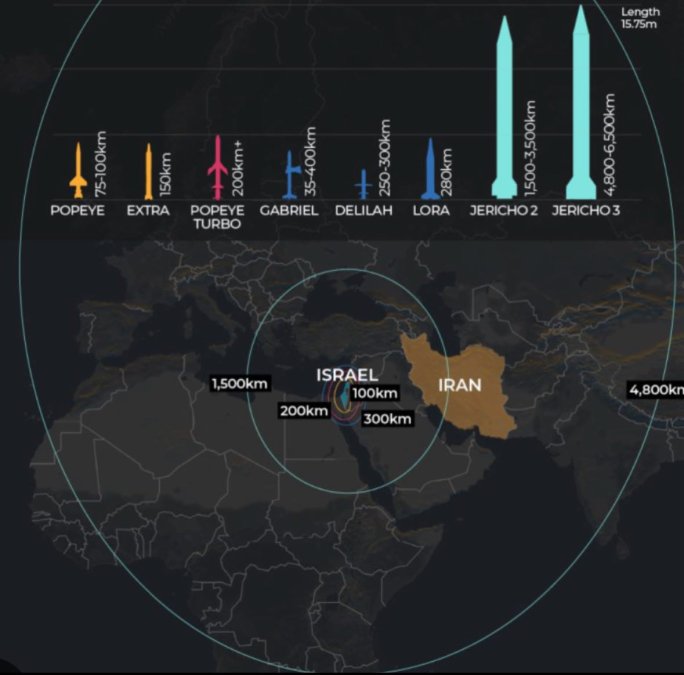Israel’s Attack with New and Strategic Weapons
Israel’s Attack with New and Strategic Weapons
Haaretz wrote on Saturday that explosive drones, anti-tank missiles, and low-caliber bombs were used to assassinate senior military officials and attack Iran’s nuclear sites, air defense systems, and missile bases. According to this newspaper, the attack on Iran was carried out based on a set of technological capabilities and precise planning, which also included the deployment of Mossad special forces inside Iran.
An Israeli security source told the country’s media on Friday that Mossad combat forces had set up a secret base inside Iran and that its commando units had deployed operational systems, including precision-guided weapons, in open areas near Iran’s missile systems. These reports are still claims and have not yet been confirmed.
In its report, Haaretz, citing images and videos released from Israel’s Friday attacks on Iran, wrote that it appears at least some of these operations were conducted using explosive drones, but it is unclear whether they were controlled by a human operator nearby or remotely, or if they were guided automatically towards the target.
The newspaper also showed a photo from the scene of an assassination of an Iranian official in Tehran, which was carried out using a weapon fired from beside a building, with the marks of the miniature weapon’s wings imprinted on the pierced wall of this residential building. Haaretz considered this weapon likely to be of the Spike missile type, produced by the Israeli military industries company Rafael, originally designed and manufactured as an anti-armor weapon.
Spike missiles have evolved into a wide range of missiles, with the lighter type being portable by infantry, while the most advanced and heaviest type can be mounted on armored vehicles, aircraft, and warships, and can have a range of up to tens of kilometers.
Some other published images from Friday’s attacks showed the Heron drone, made by Israel Aerospace Industries, which, according to Haaretz, its entry into Iranian airspace at low altitude could indicate a breach of Iran’s air defense system. Haaretz also speculated regarding Iran’s nuclear sites, which are deep underground, that fighter jets like the F-16 carrying four small bombs could participate in these attacks, as these bombs are equipped with wings that open after being dropped and can fly up to 100 kilometers.
Four months ago, the Israeli army purchased, among other things, 2,166 bombs of this model in a $7 billion contract. These bombs have the ability to penetrate concrete in highly protected centers, but according to Haaretz, it is unclear whether these bombs were used for attacks on missile and radar systems or for attacks on other military or nuclear fortifications.
The newspaper also mentioned a missile known as the Blue Sparrow, with a range of 2,000 kilometers, which acts like a ballistic missile after being launched from a fighter jet, reaching high altitude and then heading towards the target. Another missile from the Blue Sparrow family used in attacks on Iran was of the Rox type, also produced by the Israeli military industries company Rafael. Haaretz referred to another video released on Friday showing two Israeli Hercules planes flying east over southern Syria, suggesting they might have been carrying personnel and commandos for emergency rescue operations in case Israeli fighter jets were downed during attacks in Iranian airspace.
Use of MPR500 Bomb in Attack on Iran’s Nuclear Facilities
The military information site Army Recognition wrote that Israel used one of the most destructive bombs it possesses, the MPR500 model, in its ongoing war against Iran to attack Iran’s nuclear sites. This precision-guided bomb, with 227 kilograms of explosive material, is designed to penetrate up to one meter of reinforced concrete, making it a powerful weapon against fortified facilities.
According to this report, the mentioned bomb was designed and manufactured by the Israeli military industries company Elbit Systems, and in its upgrade stages, it was equipped with laser-guidance systems. This country adds that the capabilities of this bomb allow activating operators to attack multiple targets on the battlefield, especially targeting fortified infrastructures such as facilities deep underground, deep shelters, underground missile hangars, and command centers or nuclear enrichment facilities within mountains.
The Russian website Top War also wrote that the Israeli Air Force extensively used this powerful bomb in Friday’s attacks on Iran. Each bomb of this model disperses 26,000 shrapnel over an approximate area of 2,200 square meters upon explosion. Military experts say that there is no need for a fighter jet to be directly above the target to use this bomb; a distance of tens of kilometers from the target is sufficient for the attack.
According to this website, it appears the mentioned bombs were dropped from the skies within Iran itself, not from outside the country’s airspace. The Israeli site Globes also wrote on Saturday, citing foreign sources, that Jordan, alongside the United States, intercepted missiles and drones dispatched by Iran towards Israel. Jordan also assisted in intercepting Iranian missiles in two previous Iranian missile attacks on Israel in April and October of last year, arguing that it would not allow its airspace to become a scene for settling scores.

